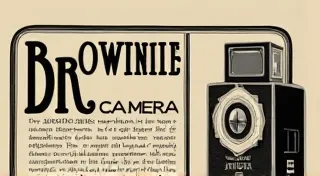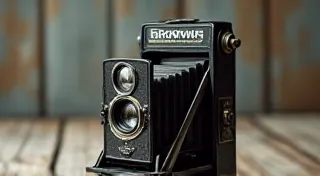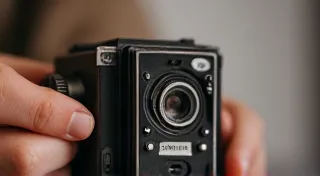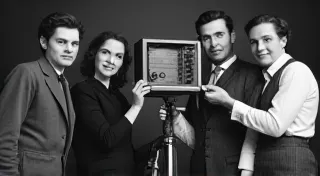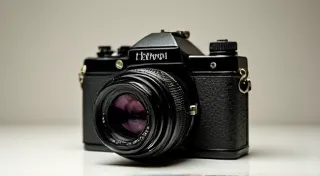A Beginner's Guide to Brownie Camera Models
Welcome to the wonderful world of Brownie cameras! If you're new to vintage camera collecting, the sheer number of Brownie models can be overwhelming. This guide aims to demystify the most common types, helping you identify them and understand their unique features. We're focusing on models most frequently encountered by collectors.
The Original Brownie (1900-1935)
It all started here. The original Brownie, released in 1900, revolutionized photography by making it accessible to the masses. Costing just $1 (a significant sum at the time, but still affordable), it launched a photography craze. These early Brownies were simple box cameras with a fixed focus lens and a time or bulb exposure. They are highly collectible due to their historical significance. The impact of the Brownie extended far beyond its initial release, fundamentally altering the landscape of photography and setting the stage for countless innovations. Understanding its legacy truly requires exploring the legacy of the Brownie and its enduring influence on the industry.
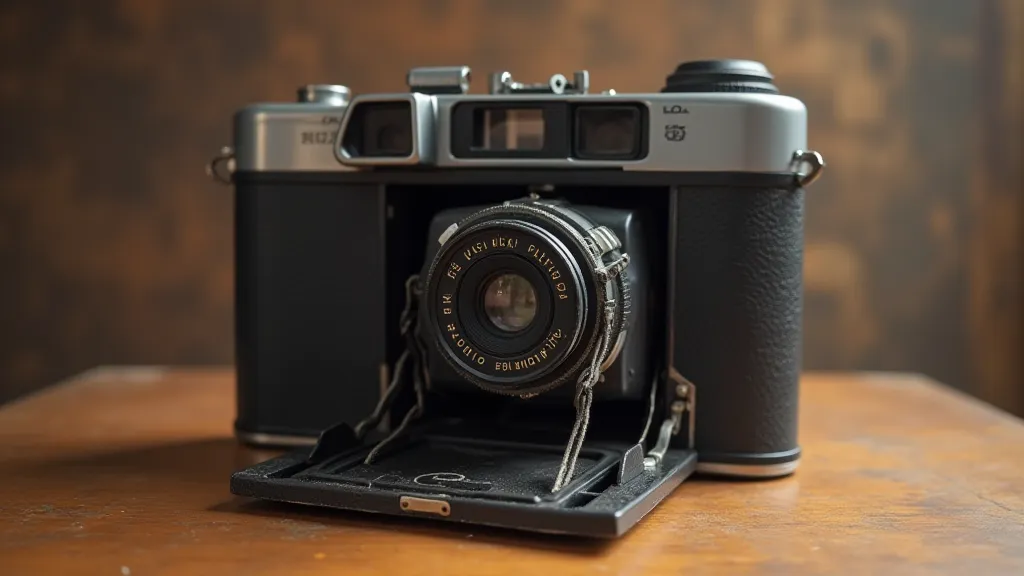
Key Features:
- Fixed focus lens
- Time or bulb exposure
- Simple box design
- Usually black or brown leatherette covering
- Often marked “Brownie”
Brownie II (1901-1935)
A slight improvement over the original, the Brownie II incorporated a simple viewfinder. While still a box camera, the viewfinder helped users aim more accurately. It retained the basic functionality of the original. The evolution from the original Brownie to the Brownie II highlights Kodak’s commitment to refining the user experience and making photography even more accessible to a wider audience.
Key Features:
- Viewfinder
- Fixed focus lens
- Time or bulb exposure
- Similar box design to the original
Brownie C (1913-1935)
The Brownie C offered a significantly improved design. It included a focusing lever, allowing users to adjust the focus, a considerable advancement over the previous models. It also featured a wider range of color options. The ability to adjust focus represented a significant leap in usability and helped reduce common photographic errors, which was critical in early consumer photography. The various color options also made it more desirable as a fashionable accessory. For many, the appeal of the Brownie wasn't just about functionality; it was about capturing moments – preserving those fleeting, transient moments in time. To truly appreciate this aspect, exploring how vintage cameras like the Brownie contribute to this preservation is fascinating – a topic explored further in Photographing with Vintage Brownie Cameras: Tips and Tricks.
Key Features:
- Focusing lever
- Time or bulb exposure
- Available in various colors (brown, black, tan)
- Simple box design
Brownie Detective (1920s-1940s)
The Brownie Detective was a compact and popular model, often referred to as a "pocket camera." It typically had a shutter speed range of 1/30 to 1/200 second, offering greater control over exposure. The name refers to its convenient, easily concealed size. This model appealed to a new demographic – those who wanted a discreet and portable camera for snapshots and everyday use. Understanding how these cameras used film is key to appreciating their functionality, so delving into comparing different Brownie camera film formats can provide valuable insight.
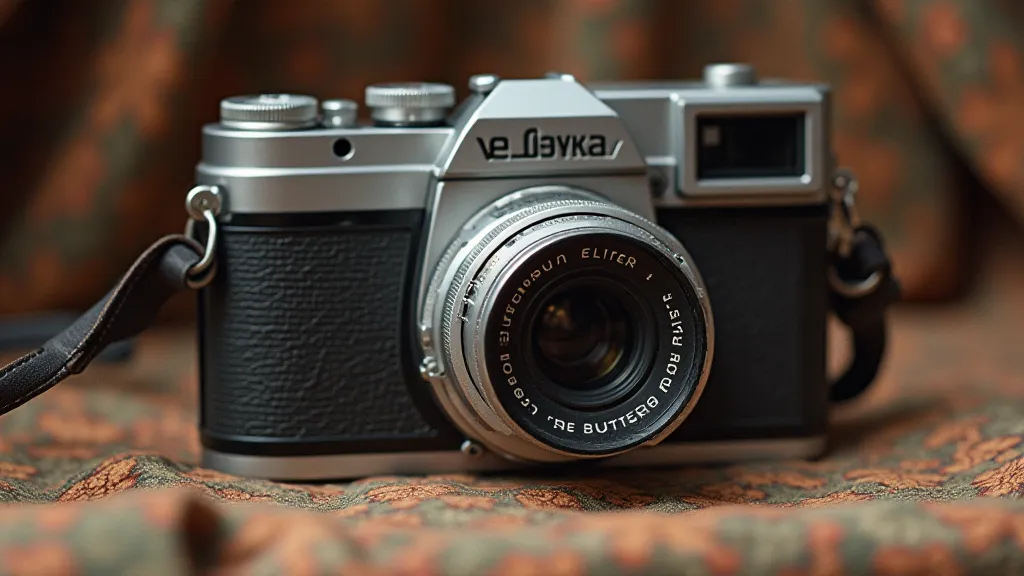
Key Features:
- Shutter speed range (1/30 - 1/200)
- Compact size
- Fixed focus lens
- Generally silver or grey finish
Brownie Reflex (1936-1957)
The Brownie Reflex was a true innovation, incorporating a reflex viewfinder. This allowed the user to see exactly what the lens was seeing, leading to more accurate composition and focusing. It was a significant step up in usability. The reflex viewfinder was a game-changer, representing a significant advancement in camera design and user experience, and paved the way for more sophisticated SLR cameras to come. For collectors, knowing how to care for and accessorize these vintage cameras is essential. It’s worth looking at collecting Brownie camera accessories: filters, cases, and more to learn about available components that can enhance both the functionality and aesthetic appeal of these cameras.
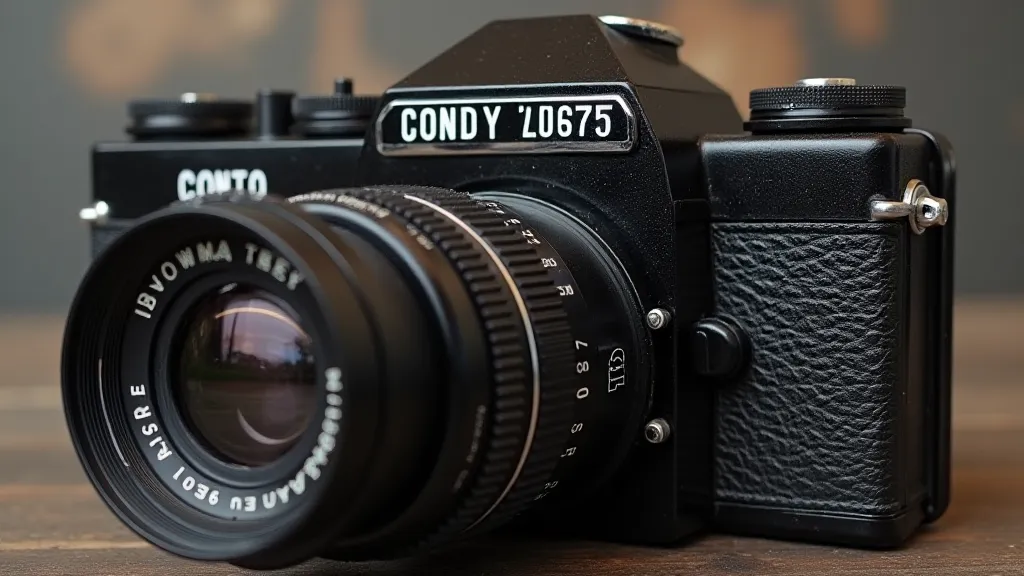
Key Features:
- Reflex viewfinder
- Focusing via front lens cell adjustment
- Generally brown or black leatherette
- More complex than earlier models
Delving Deeper: Variations and Sub-Models
The models described above are just the tip of the iceberg. The Brownie family encompasses a vast array of variations and sub-models, each with its own unique characteristics and quirks. Collectors often spend years researching and cataloging these differences, meticulously documenting details such as manufacturing dates, color variations, and subtle design changes. The level of detail involved can be astonishing, with some collectors specializing in specific eras or subtypes of Brownie cameras. Many of these collections become intensely personal, reflecting a broader narrative of loss and remembrance— a theme explored with fascinating depth in The Cartographer's Imperfection: Brownie Cameras and the Narrative of Loss.
The Role of Film and Photography Standards
The Brownie cameras operated within the context of evolving photographic standards and film technology. Early Brownies used relatively inexpensive roll film, making photography accessible to a broad audience. As film technology improved, later Brownies sometimes incorporated features designed to take advantage of these advancements. The relationship between the camera and the film it uses is crucial to understanding its capabilities and limitations. Understanding these standards also explains why some Brownies function better with certain types of film. The act of choosing the right film, and subsequently, the final image, speaks to a deeper artistic process – one influenced by not just technical considerations, but also by personal history and feeling.
Condition, Collectibility, and Value
The value of a Brownie camera is significantly impacted by its condition. Cameras in excellent condition, with original packaging and minimal wear, command higher prices. Scratches, cracks, and missing components can detract from a camera’s value. However, even cameras in less-than-perfect condition can hold significant historical and sentimental value. For serious collectors, knowing how to assess condition and determine authenticity is essential. The increasing popularity of vintage photography is also impacting the market, driving up prices for desirable models. The memories captured by these cameras contribute to their value, sometimes exceeding the monetary worth of the camera itself.
Preserving a Piece of Photographic History
The Brownie cameras represent a crucial chapter in the history of photography. They democratized image-making and inspired generations of photographers. As collectors and enthusiasts, we have a responsibility to preserve these iconic cameras for future generations. This includes not only protecting them from damage but also sharing their stories and celebrating their legacy. They provide a tangible connection to the past and serve as a reminder of how far photography has come. The enduring appeal lies in their ability to evoke a sense of nostalgia and transport us back to a simpler time – a moment suspended in amber, waiting to be rediscovered.
Further Exploration
This guide provides a starting point for identifying common Brownie camera models. There are many variations and sub-models within each series. Further research into specific years and markings will help you refine your identification skills and appreciate the rich history of these beloved cameras. Happy collecting!
